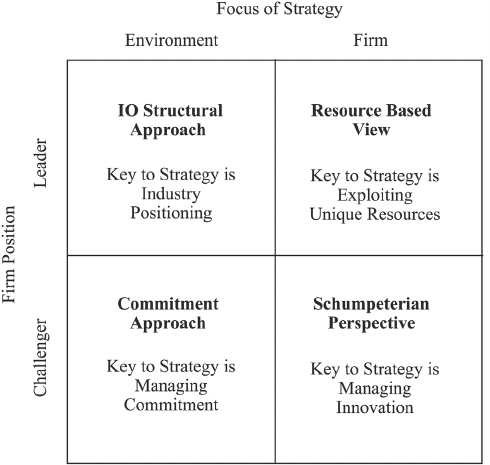Introduction
The How to Win Without Fighting mental model encapsulates the notion of achieving success and desired outcomes without resorting to direct confrontation or conflict. Rooted in human psychology, this model recognizes the power of strategy, negotiation, and collaboration in decision-making processes. Understanding and applying this mental model can lead to more effective decision-making, fostering positive outcomes in various aspects of life. In this blog post, we will explore the concept of How to Win Without Fighting, its relevance, real-life examples, underlying biases, strategies for identification and avoidance, and the importance of active engagement with this mental framework.
Defining How to Win Without Fighting and Its Relevance
How to Win Without Fighting can be defined as an approach that emphasizes strategic thinking, negotiation, and collaboration as means of achieving desired outcomes instead of direct confrontation or conflict. This mental model recognizes the importance of preserving relationships, leveraging influence, and finding win-win solutions in decision-making processes.
This model is highly relevant in decision-making as it offers an alternative perspective to traditional notions of winning, which often involve power struggles and adversarial dynamics. By understanding and applying the principles of How to Win Without Fighting, individuals can achieve their goals while maintaining positive relationships and fostering cooperation.
Occurrence of How to Win Without Fighting in Various Contexts
Personal Life Decisions:
Imagine a situation where two friends have conflicting opinions about a recreational activity. Instead of engaging in a heated argument, they decide to have an open and respectful conversation, seeking common ground and compromise. By applying the How to Win Without Fighting mental model, they can maintain their friendship while finding a mutually agreeable solution.
Business Scenarios:
In the business world, organizations often engage in negotiations with suppliers, partners, or competitors. Instead of adopting an aggressive stance, successful businesses employ strategic thinking and negotiation skills to achieve favorable outcomes. By understanding the needs and interests of all parties involved, they can find creative solutions that benefit everyone, leading to long-term success.
Public Policy-Making:
Public policy decisions require careful consideration of various stakeholders’ interests. Instead of adopting a confrontational approach, policymakers who embrace the How to Win Without Fighting mental model seek consensus and common ground. By fostering collaboration and engaging in constructive dialogue, they can develop policies that address societal needs while minimizing conflict and resistance.
Mental Biases and Underpinnings
Several mental biases contribute to the tendency to overlook the How to Win Without Fighting approach:
Zero-Sum Bias: The zero-sum bias assumes that in any decision or negotiation, there must be a winner and a loser. This bias promotes a win-lose mindset, leading to confrontational approaches rather than seeking mutually beneficial solutions.
Confirmation Bias: Confirmation bias leads individuals to seek information that supports their preexisting beliefs, often overlooking alternative perspectives or potential win-win solutions. This bias inhibits the exploration of collaborative possibilities and limits the potential for positive outcomes.
Identifying and Mitigating How to Win Without Fighting Fallacy
To avoid falling into the How to Win Without Fighting fallacy, individuals can employ the following strategies:
Foster a Collaborative Mindset: Develop a mindset that embraces collaboration, recognizing that there can be multiple paths to success. Cultivate empathy and active listening skills to understand the perspectives and interests of others, fostering an environment of cooperation and compromise.
Seek Win-Win Solutions: Instead of adopting a win-lose mentality, actively explore solutions that can benefit all parties involved. Look for common ground, shared interests, and creative alternatives that maximize positive outcomes while preserving relationships.
Challenge Assumptions: Question underlying assumptions and biases that may hinder a collaborative approach. Encourage diverse perspectives and engage in constructive debates to expand possibilities and consider alternative viewpoints.
Build Negotiation Skills: Invest in developing negotiation and communication skills. Understand the principles of principled negotiation, focusing on interests rather than positions, and seek mutually beneficial agreements. Effective negotiation techniques can help achieve win-win outcomes.
Conclusion
The How to Win Without Fighting mental model offers a strategic approach to decision-making, emphasizing collaboration, negotiation, and finding win-win solutions. By recognizing the prevalence of confrontational biases and actively engaging with this alternative mindset, individuals can navigate conflicts, achieve their goals, and maintain positive relationships. Embracing collaboration, challenging assumptions, and seeking win-win solutions are key strategies for avoiding the How to Win Without Fighting fallacy. Let us embrace this mental model, and in doing so, unlock the potential for harmonious and successful decision-making.
